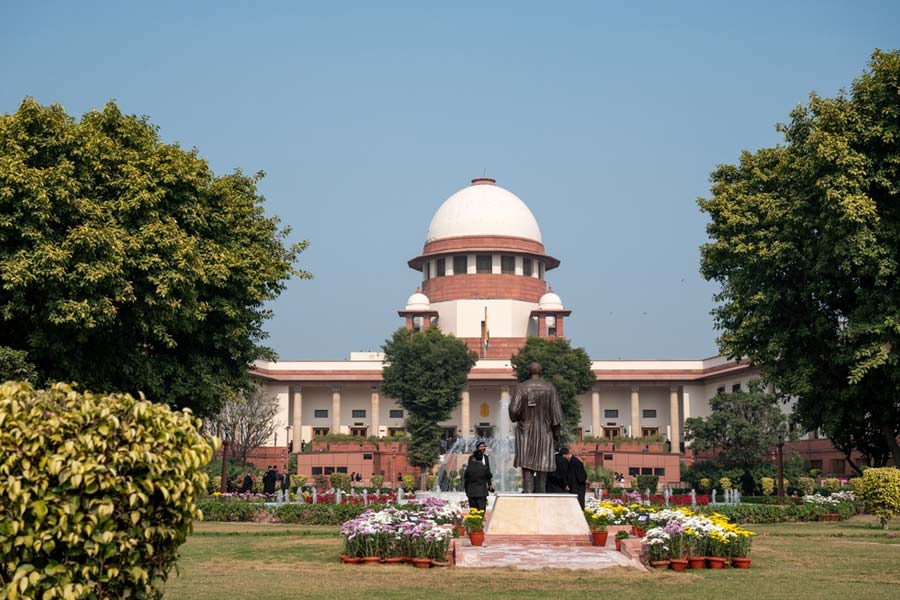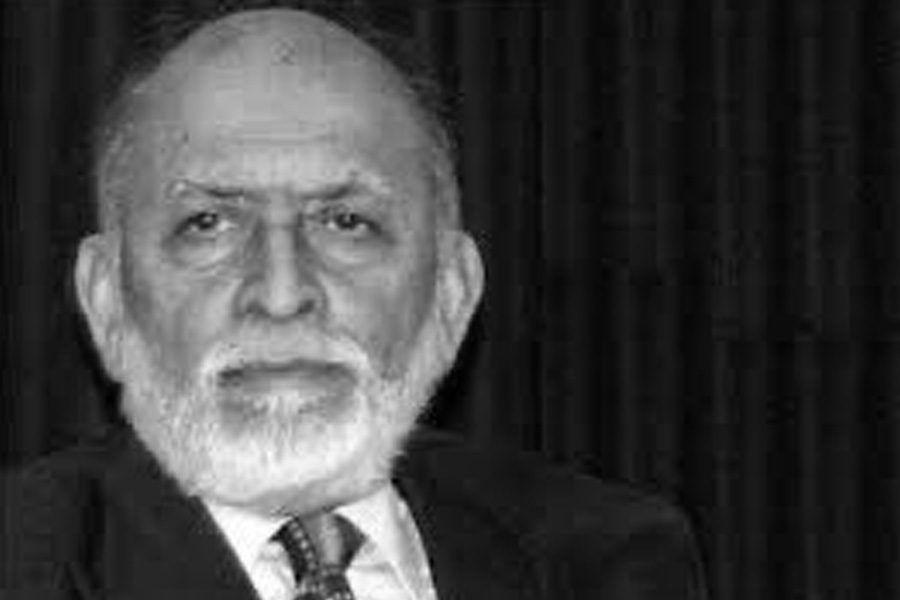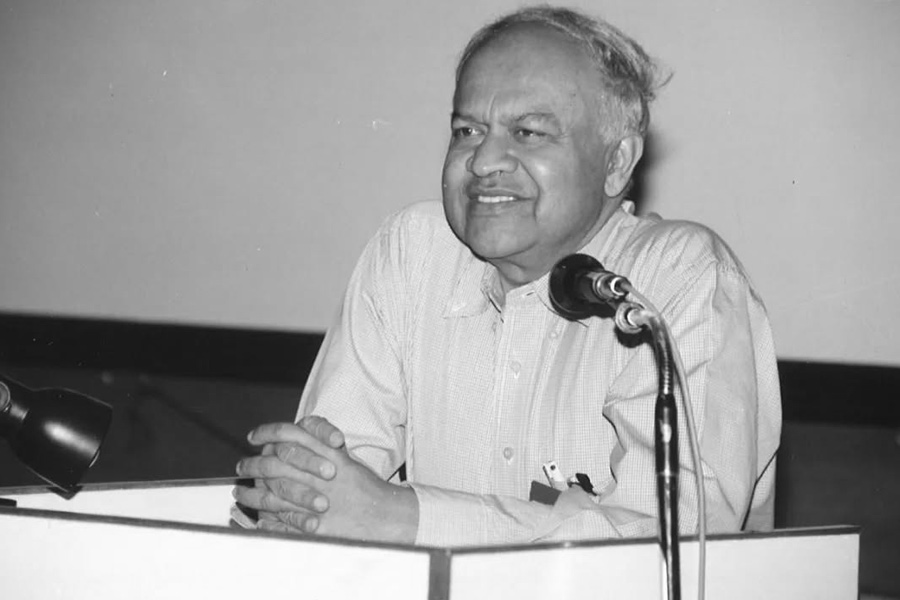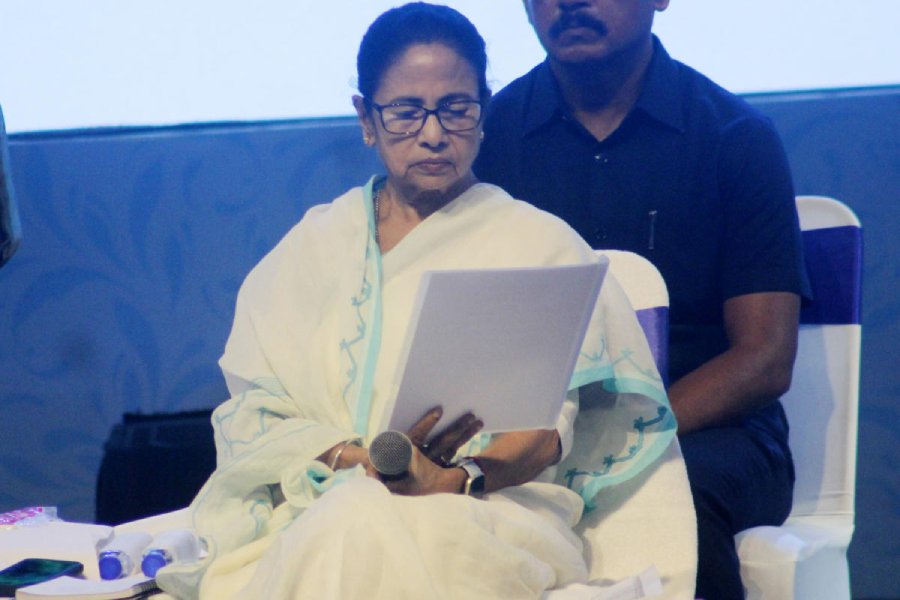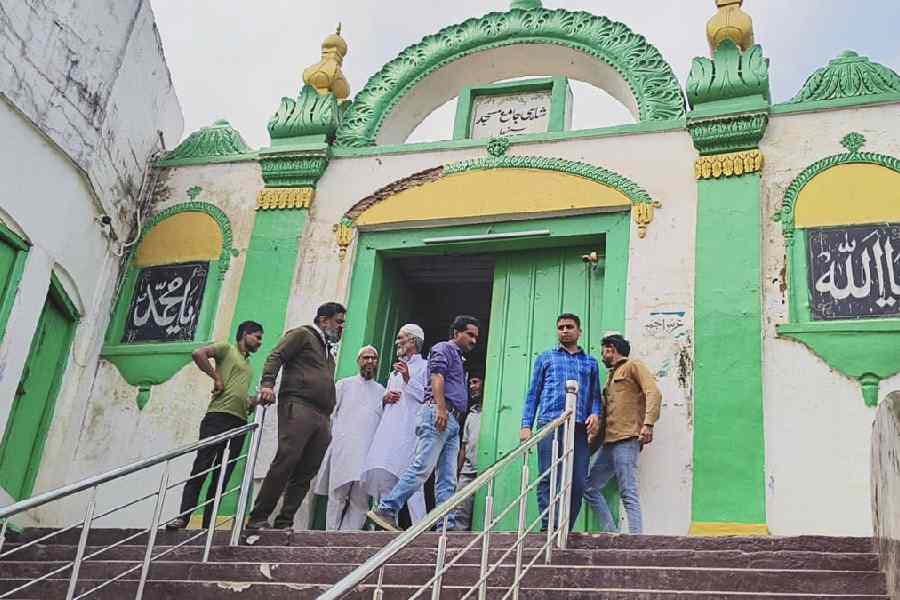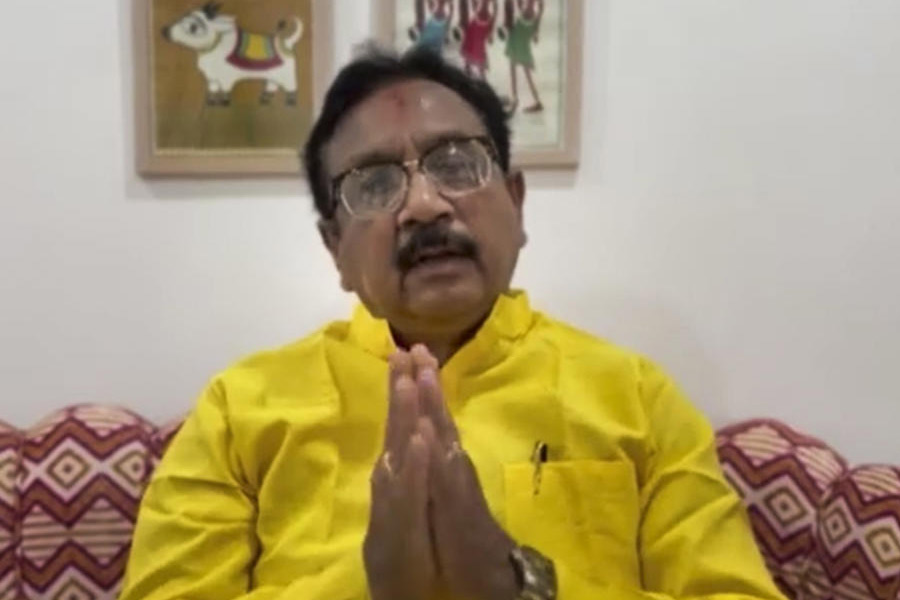 |
| Expensive proposition |
New Delhi, July 27: Banks are winching up their lending rates, stricken by the Reserve Bank of India’s (RBI) restrictive monetary policies.
While the prime-lending rate (PLR) has been raised by around 50 basis points (bps), sub-PLR has gone up by 100 bps in the past few months. PLR is the rate for most creditworthy clients. Sub-PLR is for the prime customers of banks
Gap between PLR and sub-PLR has narrowed to 150-200 bps now from as high as 250-300 bps earlier. According to G.Narayanan, executive director of the Indian Overseas Bank, this gap will narrow further if the RBI decides to go for another round of rate hikes.
Most banks are charging a sub-PLR of around 11-11.30 per cent. PLR charged by public sector banks is around 12.75-13.25 per cent, while foreign and private banks have fixed it at 15-17 per cent.
Prakash Mallya, chairman and managing director of Vijaya Bank, said, “With the RBI raising the CRR (cash reserve ratio) rate, the cost of funds has gone up. So, most banks are forced to increase their lending rates to maintain their margins.”
A hike in CRR – the portion of deposits banks must keep with the central bank – cripples the lending capacity of banks. Between January and July 2008, the RBI has raised CRR by 125 basis points.
A hike in CRR affects banks as the central bank does not pay any interest rate on the funds that banks park with it. This leads to lowering of their net interest margin, which is the difference between the interest income earned from loans and the interest cost incurred in paying depositors.
CRR is now at 8.75 per cent, which means banks do not earn anything on an equivalent amount deposited with the central bank.
Most banks have said that they might fail to meet their financial targets this fiscal year if the RBI continued to use CRR as a tool to curb inflation.
Recently, banks have asked the central bank not to raise CRR further to control inflation. However, many analysts have projected that a hike in the repo rate and CRR was likely.
The RBI has been following a costly money policy to stem demand and slow down inflation.
India’s inflation has already risen to 11.91 per cent on the back of rising food and commodity prices, though figures released on Thursday showed a marginal decline of 0.02 per cent.


